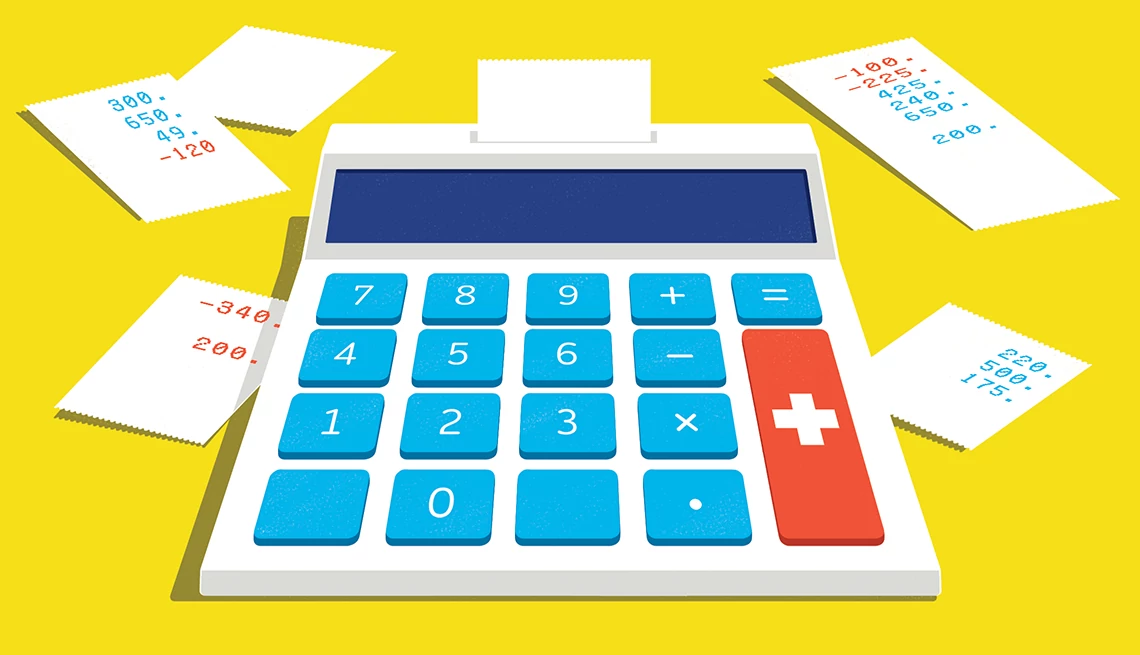AARP Hearing Center


Key takeaways
- You’ll have to look in several places to check on financial assistance.
- Part B premium assistance comes through Medicare Savings Programs.
- Part D aid is through Extra Help, which has an online application.
- The Medicare Prescription Payment Plan can help with budgeting.
- State and private programs also are worth looking into. into.
Medicare covers most of your health care expenses after you turn 65, but it isn’t free.
You’ll still have out-of-pocket costs for Medicare Part A hospitalization, Part B doctor and outpatient services, and Part D prescription coverage. If you’re part of a Medicare Advantage plan, also known as Part C, you’ll have cost sharing, too.
The government has no one-stop shop to apply for all the financial assistance you may need, but qualifying for some programs will give you access to other help.
Specific programs often focus on a particular part of Medicare. The federal government, joint programs with states and a few state-financed programs are in the mix for people with limited resources or certain medical conditions.
They can help pay Medicare premiums, deductibles, copayments and prescription drug costs.
Medicare Savings Programs help with Part B premiums
State-run Medicare Savings Programs (MSPs) can help people with limited financial resources pay Part A and Part B premiums and out-of-pocket costs as well as help with their prescription costs.
To be eligible, your income — and sometimes your savings — must be below certain limits.
Medicare encourages you to contact your state’s Medicaid office because some states don’t count certain kinds of income or specific resources, and Alaska and Hawaii have higher income limits than the continental United States. State maximums for Medicare Savings Programs are often higher than those required to qualify for other Medicaid programs.
The District of Columbia and 10 states — Alabama, Arizona, Connecticut, Delaware, Louisiana, Mississippi, New Mexico, New York, Oregon, Vermont — don’t count savings or other assets in the eligibility equation. If you’ve bought a burial plot and set aside up to $1,500 for funeral expenses, those won’t count against your assets anywhere in the country.
The four types of Medicare Savings Programs offer help with different expenses and have different eligibility requirements. KFF, a health policy nonprofit organization, details the income and asset limits for every state in each of the three programs focused on beneficiaries 65 and older.
1. The Qualified Medicare Beneficiary Program helps pay for Part A and Part B premiums, deductibles, coinsurance and copayments and automatically gets you into the federal Extra Help program that assists with prescription costs. You’ll pay no more than $12.15 in 2025 for each drug your plan covers.
Federal monthly income and asset limits for 2025:
- Individual. $1,325 in income, less than $9,660 in assets.
- Married couples. $1,783 in income, less than $14,470 in assets.
2. The Specified Low-Income Medicare Beneficiary Program pays Part B premiums and qualifies you for the Part D Extra Help program. You’ll pay no more than $12.15 in 2025 for each prescription your plan covers.
Federal monthly income and asset limits for 2025:
- Individual. $1,585 in income, less than $9,660 in assets.
- Married couples. $2,135 in income, less than $14,470 in assets.
3. The Qualifying Individual Program pays Part B premiums and enables you to take part in the Part D Extra Help program. You’ll pay no more than $12.15 in 2025 for each prescription your plan covers. States approve applications on a first-come, first-served basis.
Federal monthly income and asset limits for 2025:
- Individual. $1,781 in income, less than $9,660 in assets.
- Married couples. $2,400 in income, less than $14,470 in assets.
4. The Qualified Disabled & Working Individual Program is for people with disabilities who return to work, lose Social Security disability benefits and don’t qualify for premium-free Medicare Part A anymore. These recipients don’t have enough Social Security work credits to qualify for free Part A, so the program helps pay for Part A premiums while they earn the credits toward free Part A.
Federal monthly income and asset limits for 2025:
- Individual. $5,302 in income, less than $4,000 in assets.
- Married couples. $7,135 in income, less than $6,000 in assets.
Confused? Find your State Health Insurance Assistance Program (SHIP) online, or call 877-839-2675 to ask questions and be guided through the application process for your locale. The steps to apply are not uniform nationwide.



































































Next in series
12 Things Caregivers Need to Know About Medicare
Learn to navigate the system, get the best for your loved one